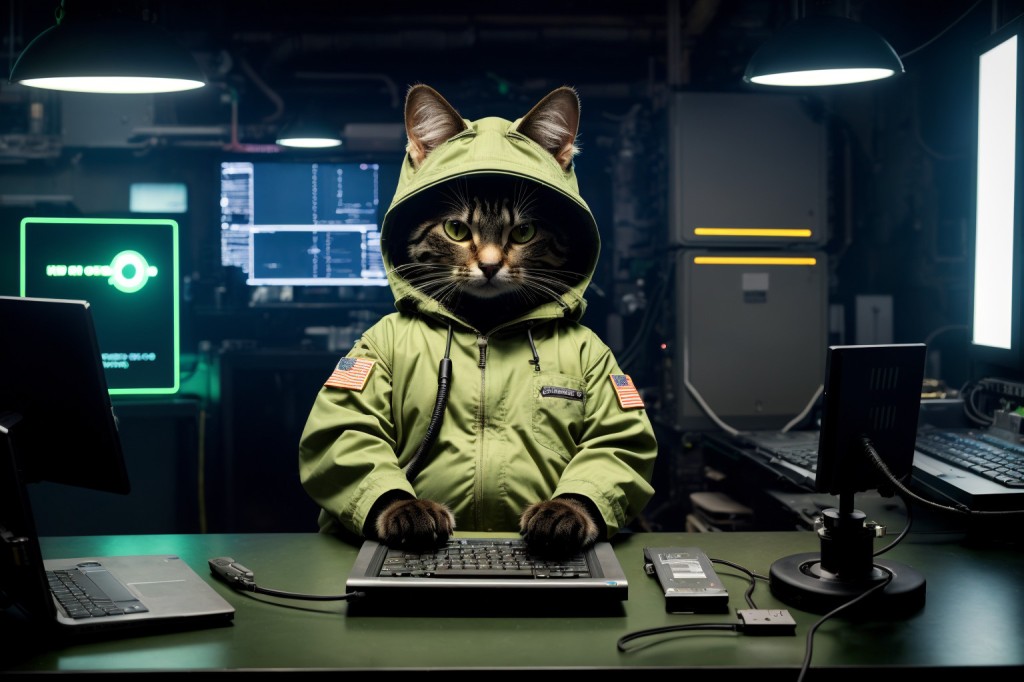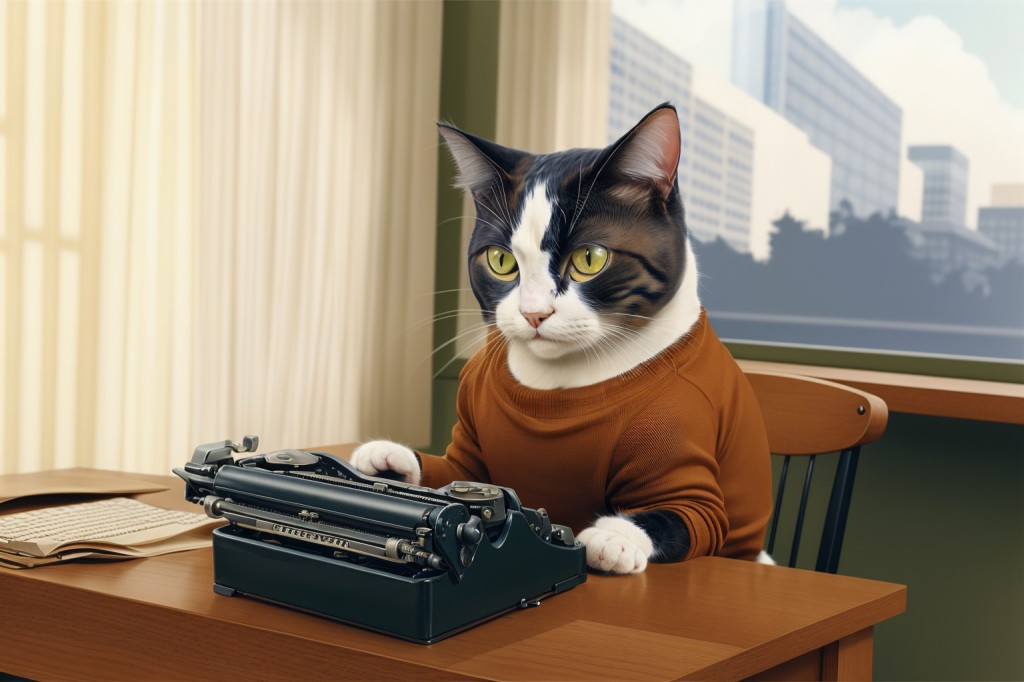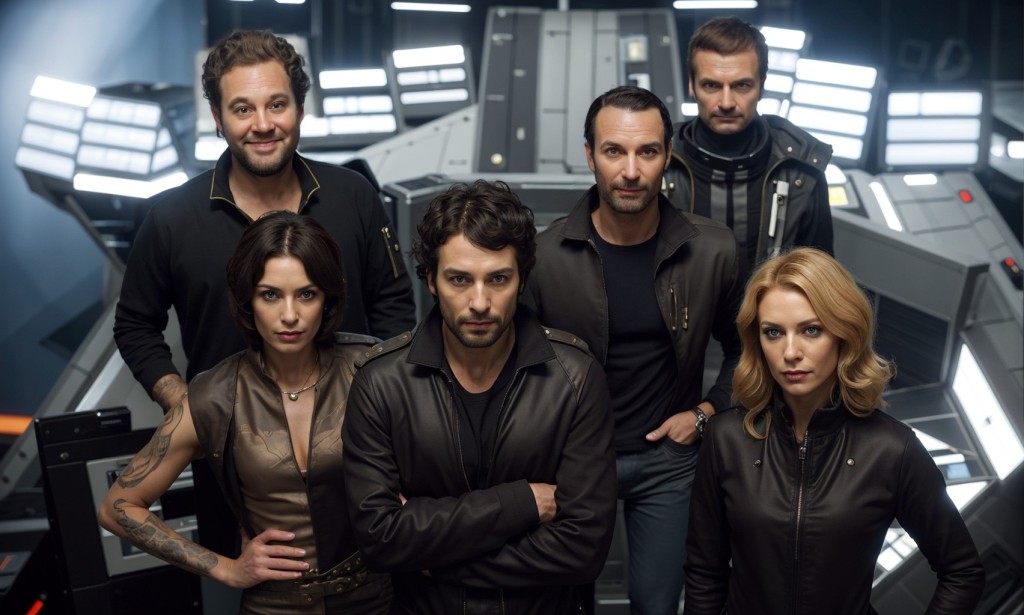
Science Fiction (SF) writer, mathematician, and futurologist Vernor Vinge died last week on March 20, 2024. He is remembered in Locus, The Register, File 770, and Ars Technica. He has a robust entry in the Encyclopedia of SF here.
I wish that I had know about his novella “True Names” (1981) much further back, perhaps before I had read William Gibson’s Neuromancer (1984), which had already set the stage for my thinking about fiction involving computers and cyberspace. In “True Names,” Vinge came closer to what was and might have been, especially considering the Crypto Wars and the clipper chip. Though, it was perhaps serendipitous that I discovered Vinge’s stories when I was spending as much time in virtual worlds as out.
Some years after reading Vinge’s works, I pitched his novel Rainbows End (2006) as a First Year Experience (FYE) reading at Georgia Tech, but the reading went to another story that I had also suggested.
I am glad that I got a chance to hear him speak at the International Conference for the Fantastic in the Arts in 2008 where he was a Guest of Honor.





